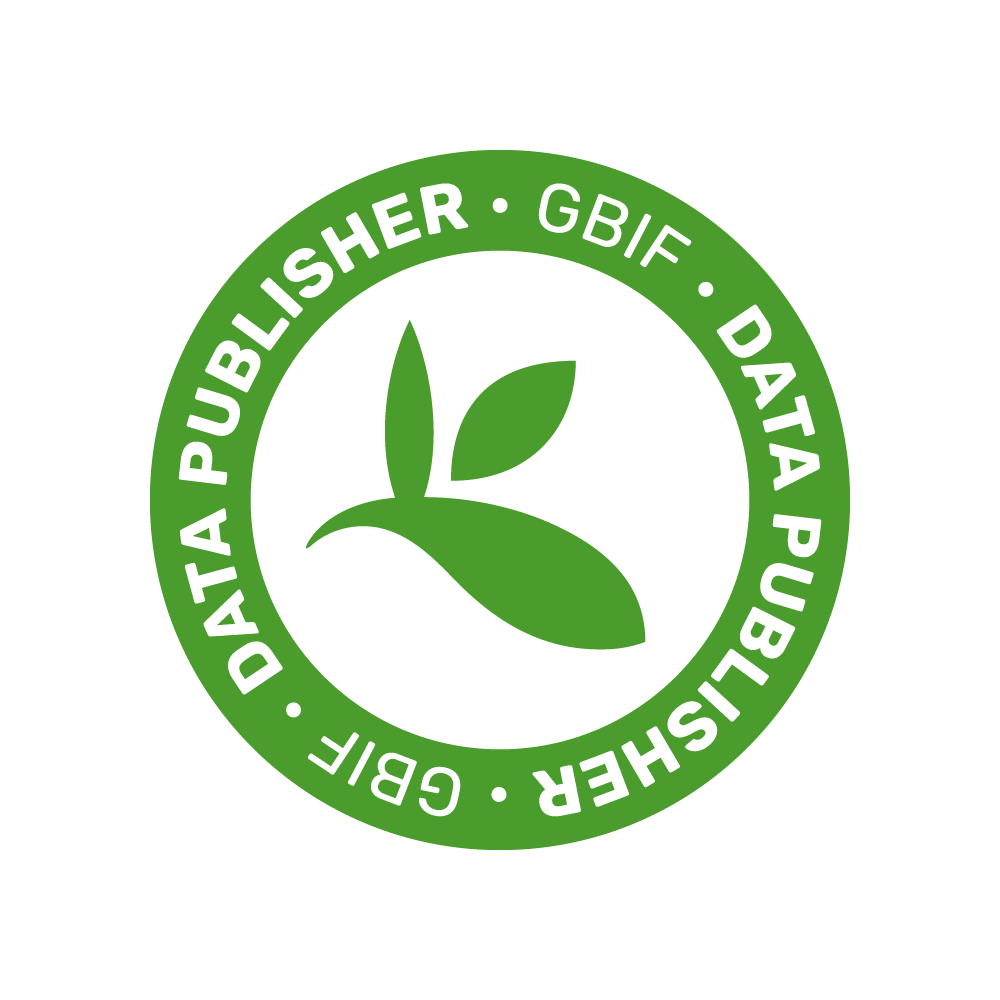IBBR - DIvision of Portici
The Institute foundation

The IBBR/UOS Portici building
The present Research Division of IBBR at Portici is the former Research Center for Vegetable Breeding (MiGOr), started in 1982 and located at the Faculty of Agriculture, University “Federico II” of Naples. In 1997 the Center was converted into the Research Institute of Ornamental and Plant Breeding (IMOF). Since the beginning, the research activities of IBBR Portici have been aimed at the genetic improvement of several vegetable crops by conventional and biotechnological approaches. Most of the research projects are focused on ornamental and vegetable crops of economic interest for Southern Italian agricultural areas, such as Solanaceous species and multifunctional crops. The main research objectives aim at developing and maintaining the genetic variability, speeding up the selection of superior genotypes, understanding the genetic control of reproduction and its association with yield improvement, increasing quality and tolerance to biotic and abiotic stress, through bio-molecular techniques, chromosomal manipulation and cell and tissue culture.
Research activities
Current research activities at Portici Division may be summarized as follows:
- identification, characterization and genetic transfer of genes involved in the adaptation and tolerance to environmental stress conditions (heat, salinity, low nutrient input, drought) in Solanaceae, in lignocellulosic biomass species (Arundo donax, cultivated cardoon) and in the model species Arabidopsis;
- identification of stress tolerant genotypes and evaluation of the yield and water use efficiency in response to stress, to select management techniques aimed at the mitigation of yield vulnerability and ongoing climate change;
- assessment of the role of the chloroplast in plant metabolism and homeostasis, and in the interaction with biotic and abiotic external factors in Solanaceae;
- development and use of molecular markers for varietal identification and assisted selection;
- genetic control and manipulation of sexual reproduction by studying mutants and identifying key genes;
- characterization and valorization of genetic resources of vegetable, ornamental and medicinal plants, typical of Southern Italy and Mediterranean areas by means of innovative genetic-molecular approaches;
- introgression of useful genes (genes for biotic and abiotic constraints, genes for quality) from wild potato and tomato species into cultivated potato and tomato, by somatic hybridization and interspecific crossing schemes;
- application of plastid transformation technologies and expression of useful genes for products destined to agro- and pharmaceutical industries;
- development of structural and functional genomic and epigenomic approaches in potato, tomato, and Arabidopsis for high throughput identification of gene networks involved in the plant stress response, in the interactions with rhizosphere beneficial microorganisms and in sexual reproduction, as well as for the development of QTLs controlling the quality, storability and nutritional value of tomato fruits. In this regard, new breeding technologies are applied for site specific mutagenesis and the development of new potato and tomato genotypes;
- set up of experimental protocols for characterizing the biological activities and establishing new cell cultures and crops as biofactories for the production of useful compounds destined to the agro-industry and the pharmaceutical and cosmetic sectors.
(Last updated: Jun 9, 2021)




